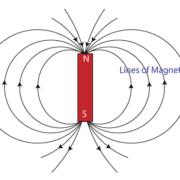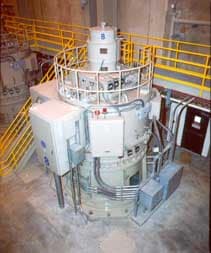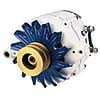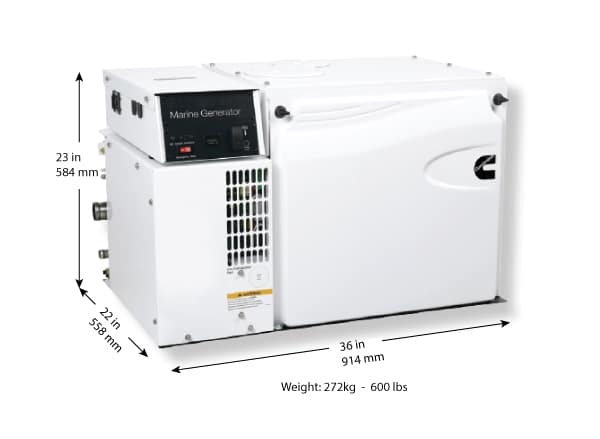Magnetism
We begin with a phenomenon called magnetism. This phenomenon was known thousands of years before electricity. Magnetism was discovered in a section of Asia Minor known as Magnesia where the Greeks observed that strange metallic-like rocks would attract bits of iron. This was the beginning discovery of “magnets”. These stones with their unseen power were also called lodestones by early explorers and sailors.
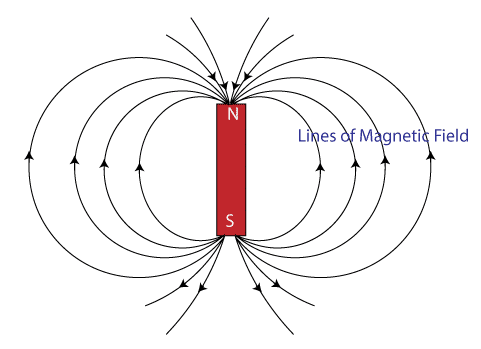
As more became known about these magnets, it was discovered that they possessed two distinct focal areas, that today we call poles. By convention, one pole is called the North Pole and the other the South Pole. The unseen force between them is called magnetism.
When magnets are spun (rotated) through a magnetic field they will generate electricity. The power to spin these magnets comes from a variety of sources, such as falling water in huge dams, geothermal steam, steam generated by other means such as burning coal and nuclear fuel, and in particular for boats – diesel engines and wind turbines.
The pervasive magnetic field surrounding magnets flows in a complete loop around the poles from north to south.
Interestingly enough, the earth itself is one huge magnet with a relatively strong magnetic force field surrounding it.
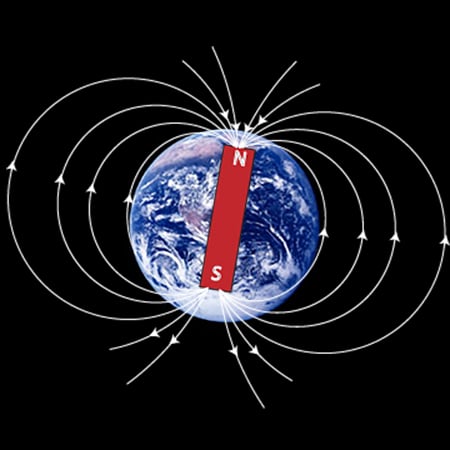
When a magnet is allowed to freely rotate on a pivot, it becomes a compass. One end will always point to the Earth’s North Pole and the other to the South Pole. Of note, these magnetic compasses do not use any source of additional power. For a long time, it was thought that magnetism was a key to creating perpetual motion. But that was never to be found true – of course!
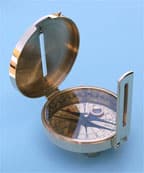
This naturally occurring magnetism in rock particles led to the development of a compass and was the primary navigation aid for ancient mariners and is still very much in use today. This simple device will point in the directions we call the North and South magnetic poles on the Earth. Unfortunately, these magnetic poles are not the same as the geographic poles. In the Navigation Module, you will learn how to compensate for this difference. Compasses are affected by close-by magnetic fields. Therefore, whenever using a compass make sure your compass is only experiencing the magnetic field from the earth.
Magnets are also used in electric motors, alternators, and generators that all exist on boats today. Without magnets and magnetic fields, the world would be a very different place.
A Large Hydroelectric Generator.
A Small Engine Mounted Belt Driven Generator
A Typical Generator in Boats 40 ft or Greater


